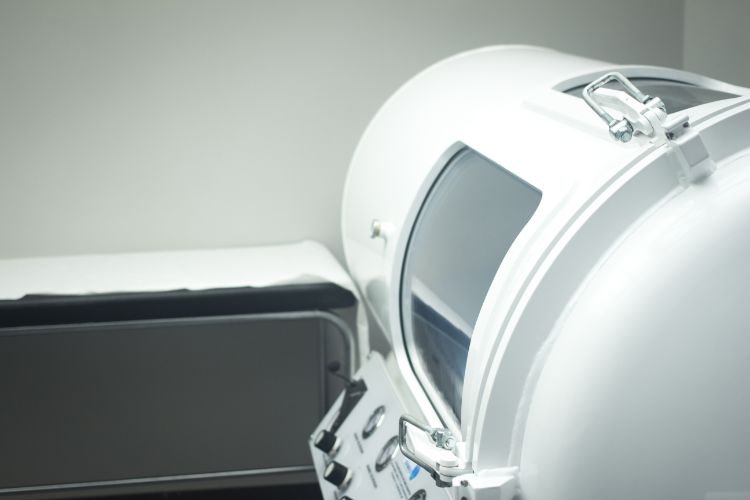Beyond the Symptoms: Hyperbaric Oxygen Therapy’s Impact on Post-Concussion Syndrome
Post-concussion syndrome (PCS) can be an elusive and protracted battle for many, characterized by a constellation of symptoms that persist long after the initial concussion. Traditional treatments often focus on alleviating these symptoms without addressing the underlying biological causes.
However, Hyperbaric Oxygen Therapy (HBOT) offers a groundbreaking approach, targeting the root biological mechanisms to accelerate recovery.
This article explores HBOT’s impact on PCS, particularly through the lens of its influence on MMP-9 activity, offering hope to those in Sartell, Saint Cloud, Saint Stephen, Sauk Rapids, Saint Joseph, Waite Park, Collegeville, Rice, and beyond.
Understanding Post-Concussion Syndrome
PCS symptoms range from headaches, dizziness, and fatigue to cognitive impairments and emotional instability, persisting for months or even years.
The syndrome reflects the brain's struggle to heal, highlighting the need for therapies that can support and enhance this recovery process.
The Role of Hyperbaric Oxygen Therapy in Healing
HBOT involves breathing pure oxygen in a pressurized chamber, significantly increasing oxygen saturation in the blood and, consequently, the oxygen delivered to the brain.
This enhanced oxygenation can:
Stimulate the repair of damaged brain cells
Reduce inflammation
Encourage the formation of new blood vessels (angiogenesis)
Promote neurogenesis and improve cognitive functions
Targeting MMP-9 Activity with HBOT
Matrix Metalloproteinases (MMPs) are enzymes involved in the breakdown of extracellular matrix proteins. MMP-9, in particular, has been associated with inflammatory processes that can exacerbate brain injury.
Research suggests that HBOT can modulate the activity of MMP-9, thus:
Reducing Inflammation: By inhibiting excessive MMP-9 activity, HBOT can minimize inflammation, a critical step in alleviating PCS symptoms.
Facilitating Healing: Lowering inflammation allows the brain to repair more effectively, reducing the duration and intensity of PCS.
Preventing Further Damage: By controlling MMP-9 activity, HBOT may prevent the breakdown of neural structures, protecting against further damage.
Clinical Evidence and Patient Experiences
Studies and clinical trials provide mounting evidence of HBOT’s effectiveness in managing PCS, noting significant improvements in symptoms and cognitive function.
Patients often report a marked reduction in their PCS symptoms, with some experiencing substantial improvements in their quality of life.
Embracing HBOT for PCS Recovery
For those grappling with the lingering effects of concussion, HBOT presents a promising avenue for recovery. Its ability to address the underlying biological causes of PCS, such as the inhibition of MMP-9 activity, positions it as a valuable tool in the broader treatment landscape.
Residents of Sartell and the surrounding areas have access to this innovative treatment, offering a beacon of hope for those seeking to overcome the challenges of PCS.
As the medical community continues to explore and understand the full potential of HBOT, its role in treating PCS and other neurological conditions is set to expand, bringing new hope to patients.
Note: While the benefits of HBOT are increasingly recognized, it's important to consult with healthcare professionals to determine its suitability for your specific health situation. Always seek personalized medical advice before embarking on new treatments.





